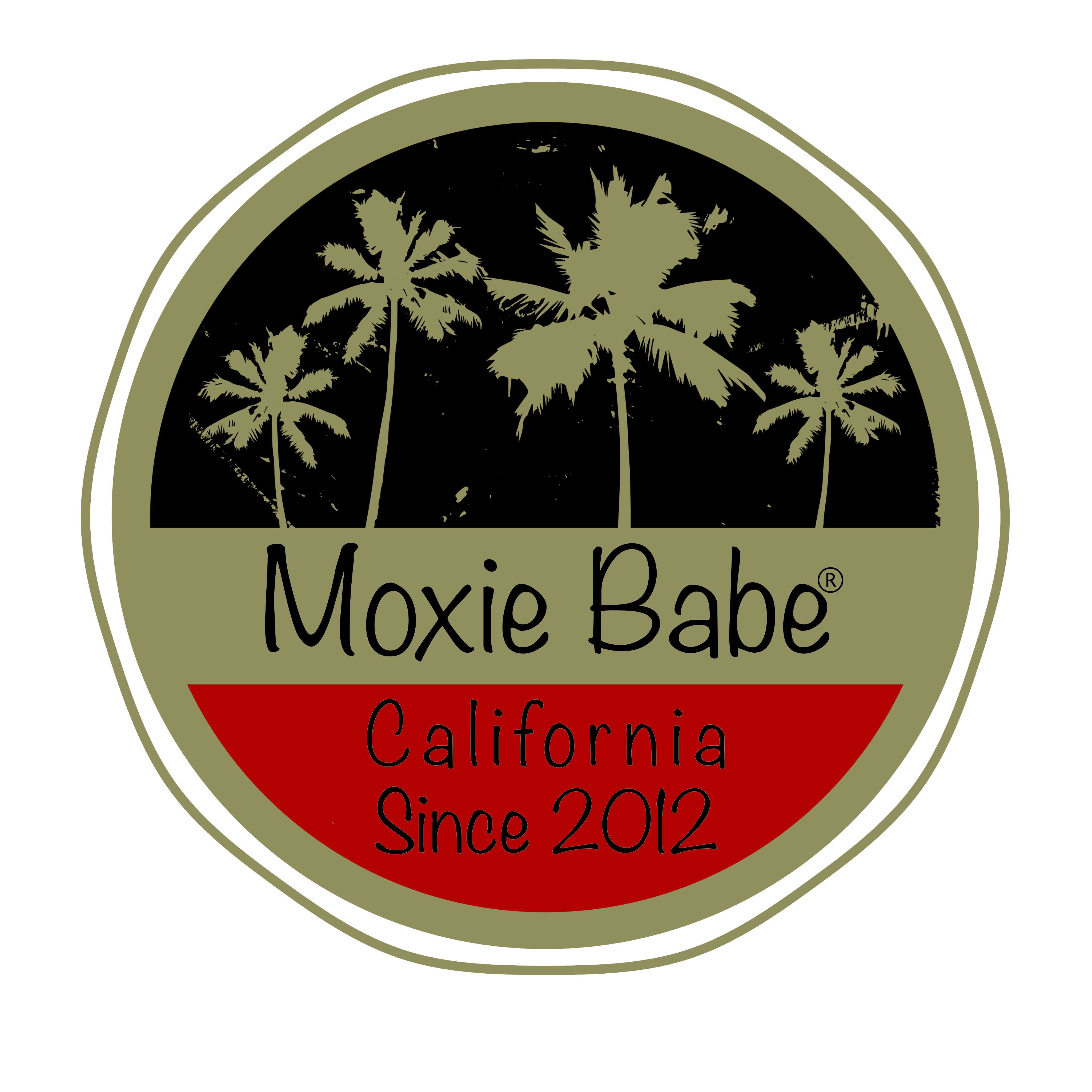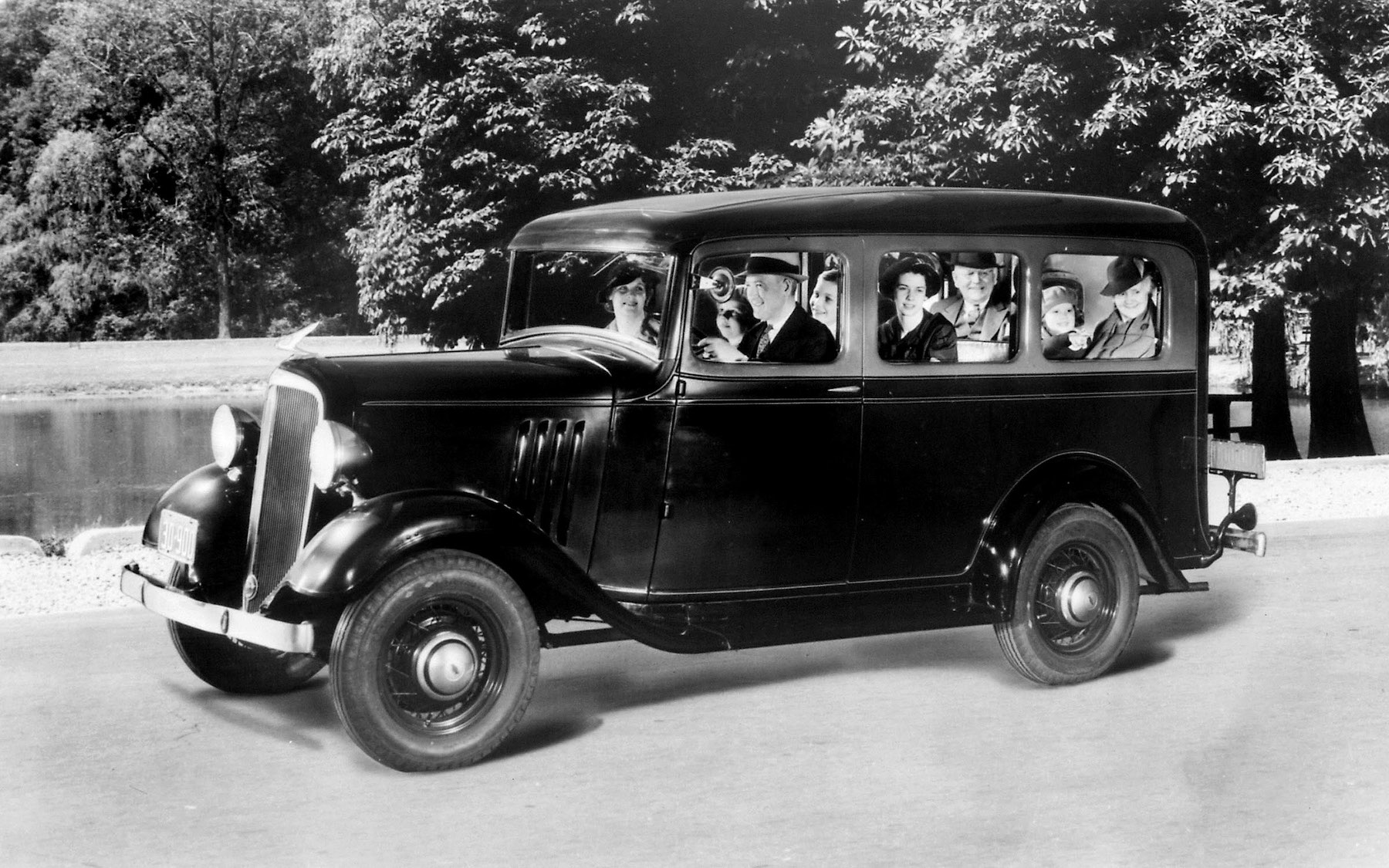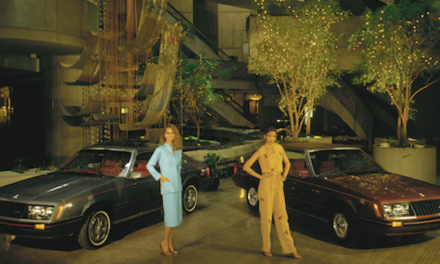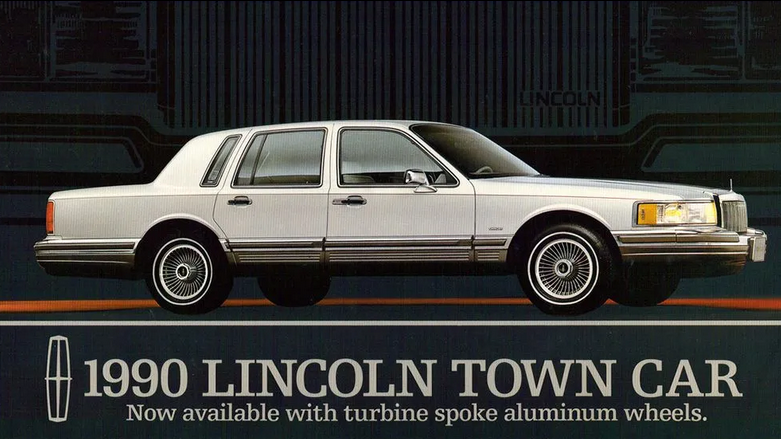In the almost nine decades since the Chevrolet Suburban’s introduction in 1935, the nameplate has the honors for being the industry’s longest-running model. In fact, the Suburban will reach 90-years of production with the 2025 model year. The Suburban nameplate itself dates further back than 1935 though. In fact, the Suburban nameplate predates Chevrolet’s use of it. The first usage of the Suburban name dates back to late 1921 when Marmon brought of their Model 34 Suburban as a 1922.

1922 Marmon Suburban
In 1933 however, Marmon ceased making automobiles and Chevrolet picked up the now legendary Suburban nameplate and would use it for a heavy-duty, truck based wagon. Through the early 1930s, most manufacturers offered car-based wagons for professional use. Open models with windows and rear seating were known as depot hacks, and were used to ferry passengers and their cargo around train stations and boat docks. Enclosed models, typically without rear seats, were known as sedan deliveries. Bodywork for these early vehicles often consisted of wood sides and canvas tops; and while they were versatile, their car-based chassis and damage-prone bodies were compromises. Chevrolet began experimenting with an all-steel wagon body mounted on a commercial chassis in the mid-1930s, and the Suburban Carryall was launched in 1935. Car-based commercial vehicles, including sedan deliveries, remained in production, but the heavy-duty chassis of the Suburban increasingly found favor with professional customers. In the post-World War II years, its popularity with private customers who appreciated its uncompromising capabilities increased steadily. The Chevrolet Suburban hit the mainstream in the early 1990s, with the overall popularity of sport-utility vehicles. But while many customers were new to the Suburban then, it had garnered a legion of longtime owners who had purchased multiple examples over the years – using them to haul Little League teams and their equipment, tow a horse trailer or seat a work crew on the way to a job site. Here’s a timeline of significant moments for the Chevrolet Suburban: Generation 1: 1935-36

1935 Chevrolet Suburban Carryall
Chevrolet rolled out the Suburban in 1934 as a 1935 model year. The original Suburban was a two door station wagon body fitted to a 1/2 ton truck chassis and was powered by a 3.4L inline-six cylinder ‘Stovebolt’ motor, which produced 60 horsepower. The Suburban’s two door model would be produced through 1967. Generation 2: 1937-40

1937 Chevrolet Suburban. Photo by: Alden Jewell
The second generation Chevy Suburban would feature an entire new body in an Art Deco styling, however the two-door body would remain. Power continued from the same 3.4L, 207 cubic inch motor, however horsepower increased from 60 to 79 horsepower. Generation 3: 1941-46

1941 Chevrolet Suburban
While World War II forced the suspension of virtually all cars and truck, the Chevrolet Suburban was an exception. The Suburban’s functional utility was pressed into service with the U.S. military. The Chevrolet Suburban would replace the 3.4L motor with a 3.5L inline-six, while GMC models received a slightly larger 3.7L inline-six cylinder. Generation 4: 1947-55

1949 Chevrolet Suburban
Due to World War II, the 1947 Suburban would received the first update since 1941. The Suburban would use the 3.5L ‘Stovebolt’ motor through 1953 where it was then replaced by the 3.9L ‘Thristmaster,’ which produced 174 lb-ft of torque at 1,200 rpm. While the 1953 GMC version was available with a Hydra-Matic automatic transmission, it didn’t find its way into the Suburban until one year later in 1954. epresenting the first significant redesign of Chevrolet’s truck line since before the war, the Suburban was welcomed by professionals in need of an all-new workhorse. Torque from the inline-six engine was 174 lb-ft (217 Nm) at only 1,200 rpm, creating excellent towing capability. Generation 5: 1955-59

1956 Chevy Suburban
The fifth generation Suburban was a radical departure from previous model years. It featured a wraparound windshield, body flush fenders and the elimination for running boards, making ingress and egress easier. The Suburban was available with Chevrolet’s new 4.3L and 4.6L small block V8s, while the GMC version used a Pontiac V8. Beginning in 1957, Suburbans were available with ‘Powr-Pak’ four wheel drive. Generation 6: 1960-66

1960 Chevrolet Suburban
The 6th generation Suburban appeared in 1960 and while the basic body remained the same, from end styling changes occurred from 1960-1966 to make the Suburban more contemporary. Chevrolet rolled out the C and K model designations, which lasted until 2002. The ‘C’ designation denoted a 2-wheel drive, while the ‘K’ denoted a 4-wheel drive. During the sixth generation, four different inline six cylinder engines, one V6 (5.0L) and two V8s were offered.

1965 Chevrolet Suburban with updated front end styling
Generation 7: 1967-72

1967 Chevrolet Suburban
The 7th generation Suburban included some critical changes. There were now two doors on the passenger side (still one on the drivers), a 3/4 ton chassis was now available and the venerable 5.7L 350 motor was optional as was the 6.5L big block 396. While only 6,200 Suburbans were made in 1967, by the end of the 7th generation in 1972, Chevrolet made 27,000 – marking the beginning of the SUV. Generation 8: 1973-91

1973 Chevrolet Suburban
The 8th generation Chevy Suburban would offer a four-door body for the first time. In a departure from past generations, the Suburban would being to focus on interior comfort and better trim. The 3/4 ton Suburban models could be optioned with Chevrolet’s hulking 7.4L 454 big block motor, which produced 335 lb.-ft of torque. Beginning with the Suburban’s 8th generation, Chevrolet would continue to develop and refine the Suburban to where it is the industry standard in SUVs, both in terms of sales and functionality.
[recent_post_carousel]





